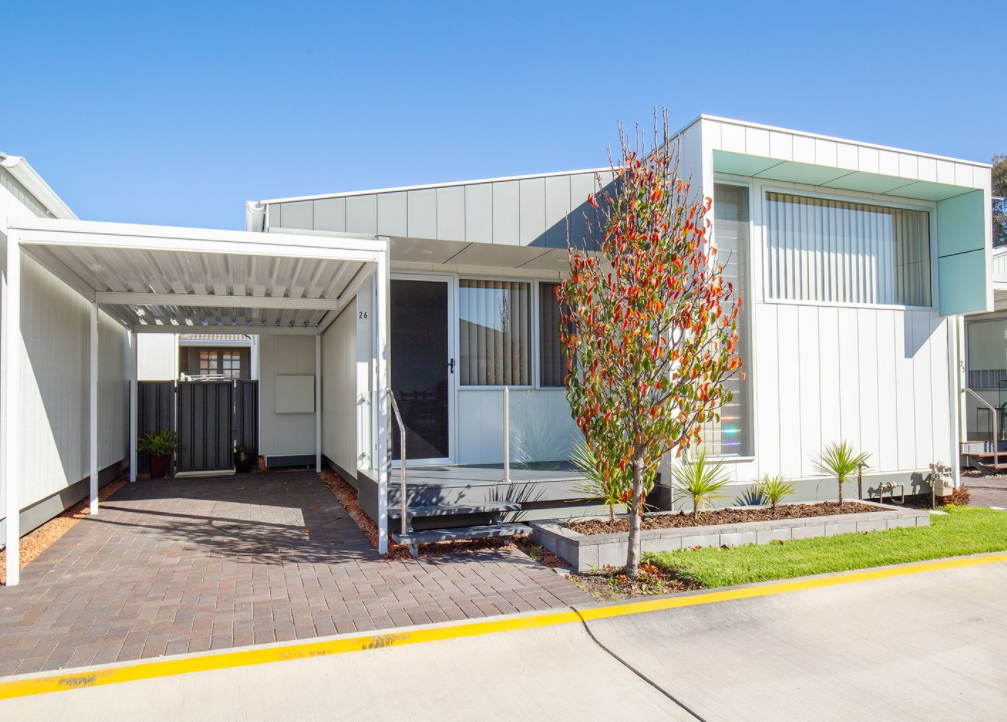Benefits of a Lifestyle Village vs a Retirement Village
When it comes to a lifestyle village vs a retirement village, the differences are not vast, but they are significant.
Indeed, it’s the detail that matters, because buying into a retirement village or lifestyle village all comes down to fees and contracts.
In terms of fees and contracts, how does a retirement village work?
It all boils down to retirement village contracts involving one or multiple ownership structures, including:
- Strata title
- Leasehold
- Rental.
Strata title
For a strata title retirement village, the fee charged essentially covers your right to occupy the property and to avail of the village’s facilities. Importantly, the strata title status means you will likely have to include Stamp Duty into your outgoing cost calculations.
Deferred management fee
Although details can differ from contract to contract, there is a good chance that a retirement village will include an exit fee clause, also known as a deferred management fee, or DMF. This figure is significant and has potential to really eat into your capital. Again, depending on the specific contract, you can usually expect to pay somewhere around 25% to 40% of either the original purchase or the sale price.
So, when it comes to buying into a retirement village, the costs can be significant both at the point of purchase and sale.
And how does this differ for lifestyle villages?
We’ve seen how a retirement village works, now let’s consider lifestyle villages.
In a nutshell, a lifestyle village - or land lease village as it is sometimes called - simplifies things significantly. You are charged the purchase price of your home and the leasing cost for the land on which it is built.
When it comes to a DMF, this typically sits at a lower price than retirement villages.
The lack of Stamp Duty and Exit fees also makes land lease living a very cost-efficient option.
A final but considerable differentiator is that land lease living residents may be eligible for government Rent Assistance due to the fact that they lease the land as opposed to owning it.
Benefits of a lifestyle village
Land lease living aside, it’s not just finances that make this a smart option for retirees! The benefits of a lifestyle village go beyond the budget and include:
- Being amongst like-minded people - forget noisy neighbours, late-night parties and inconsiderate residents. One of the most important benefits of a lifestyle village is that everyone else seeks the same kind of lifestyle! Peace, tranquility, an opportunity to be social when it’s desired, and a respect for privacy;
- Proximity - in the case of Central Village, the name says everything! Retirement living in Newcastle means you’re located in the heart of town, just minutes from the beach, shopping, clubs, entertainment and more;
- Maintenance support, even when you’re away. Land lease living is all about having the freedom and flexibility to do everything you want to do in life, especially holidays or taking trips to visit family and friends. Knowing you can leave your home in safe hands whilst you’re away offers great peace of mind;
- No hassle moving - they say moving house is one of the most stressful experiences in life. Not anymore - we take the worry and work off your plate;
- New homes - forget investing your money in expensive upgrades. Lifestyle villages provide new, contemporary homes that are low-maintenance, energy efficient and stylish
Retirement living in Newcastle can be affordable, flexible and thoroughly enjoyable when you choose Central Village.
So if you’re considering making the move and you’re unsure whether to opt for land lease living vs a retirement village, we hope we’ve helped clarify things! Don’t hesitate to reach out to our team to find out more, we’d be delighted to hear from you.


